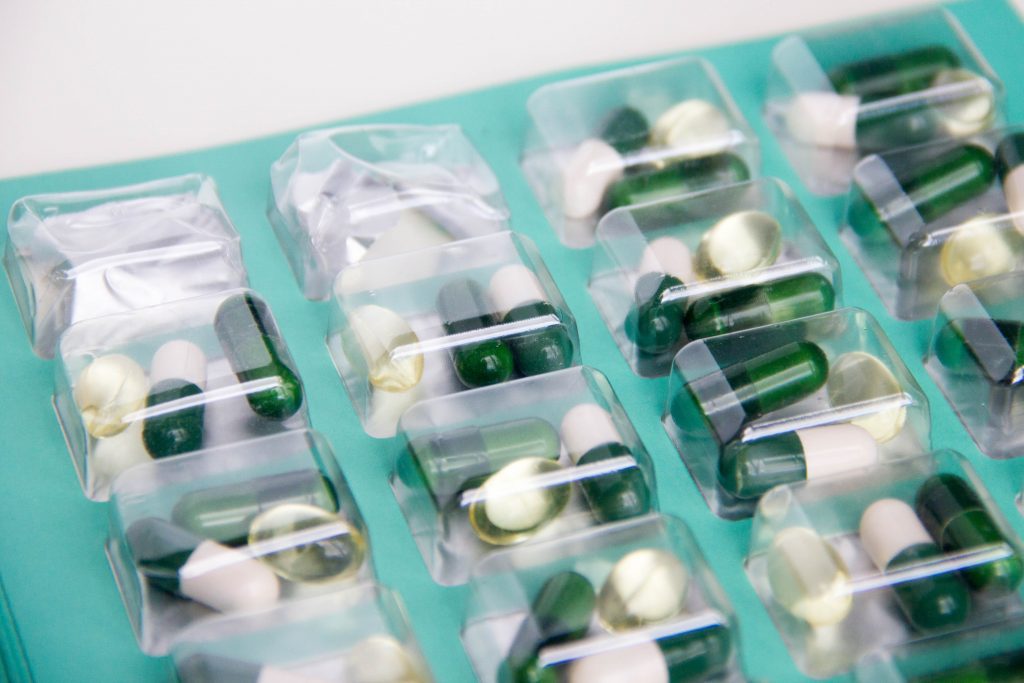When you package foods, supplements and other products, it’s important to keep the active ingredients fresh. Customers also want products that are pleasant-tasting and easy to consume. Encapsulation, a process used by many leading packaging manufacturers, provides a convenient and efficient way to preserve freshness, stability and flavor. Let’s look at what’s involved in the encapsulation manufacturing process and some of the advantages of this method.

What is Encapsulation?
- Preserves freshness. For foods and supplements, encapsulation keeps ingredients fresh and prevents degradation. For foods, this preserves the flavor. In supplements, it’s essential to maintain the effectiveness of nutrients. This not only preserves flavor and freshness but keeps products safer as degraded ingredients can be toxic.
- Mask unpleasant tastes. Many supplements have a bitter or otherwise unpleasant taste. A common example is omega 3 fish oil supplements, where it’s beneficial to cloak the fishy taste. Encapsulation makes it more palatable to consume such items.
- Protects flavors. While you may want to mask certain tastes, in other cases you want users to experience the flavor. Encapsulating a product preserves the flavor and releases it at the appropriate time. For example, supplements with chocolate or fruit flavors will taste better.
- Increases the longevity of products. Encapsulation is useful for products that may sit on the shelf or in customer’s homes for months or even years. In addition to nutritional supplements, this process is used in chewing gum, powdered drinks such as Tang, cosmetics, fragrances and many other products.
Encapsulated Supplement Packaging Uses
- Protects active ingredients and keeps them stable. Many supplements contain multiple nutrients that should be kept separate to avoid unwanted interaction. Encapsulation effectively keeps nutrients from degrading and interacting.
- Allows for controlled release. Many supplements work best if the active ingredients are gradually released. For example, an energy supplement can provide sustained release so the benefits are longer-lasting.
- Deliver precise quantities of ingredients. With supplements, it’s helpful to be able to control the quantities of vitamins and other nutrients with precision. This allows for more accurate labelling and lets consumers know exactly what they’re consuming.
Encapsulated Products Are Safer, Better-Tasting and More Reliable
If you manufacture supplements or any products where freshness and flavor are important, encapsulating ingredients is one of the best ways to ensure quality. Encapsulation has transformed the food and supplement industries, making it possible to preserve ingredients in a safe and reliable way. You can be sure that your products will contain the taste and nutritional profile that you intend.


Pingback: A Quick Guide On Encapsulated Products: Manufac...